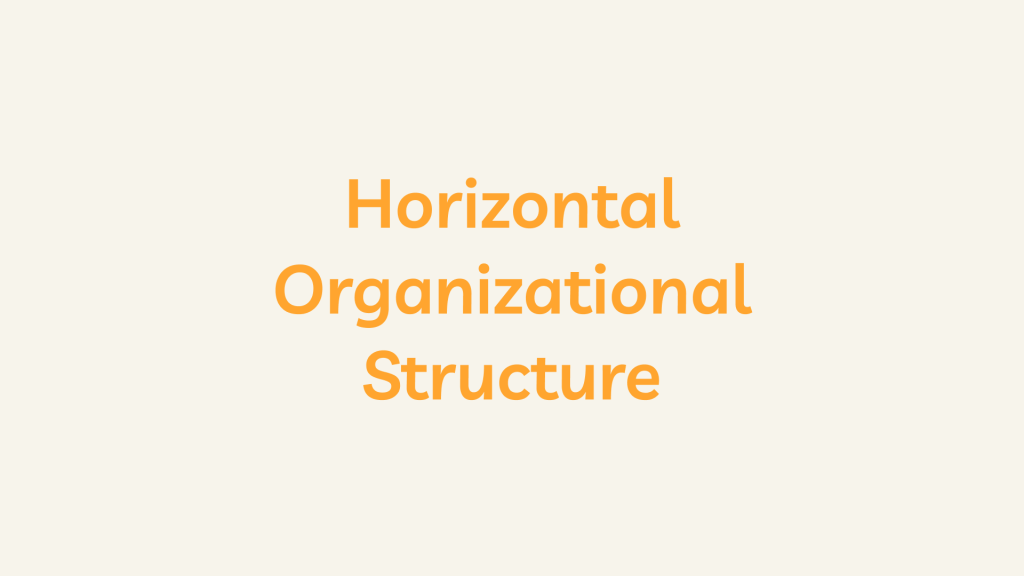What is a Horizontal Organizational Structure?
A horizontal organizational structure, also known as a flat organizational structure, is a management model that is characterized by few or no hierarchical layers of management. In a horizontal organization, employees have more autonomy and decision-making power, and the organization is typically less hierarchical and bureaucratic than traditional top-down organizations.
A horizontal organizational structure focuses on teamwork and collaboration rather than strict hierarchy and authority. Employees work together in self-managed teams, each member contributing unique skills and expertise. This allows for greater flexibility and responsiveness to changes in the market or industry, as decisions can be made more quickly and efficiently.
A horizontal organizational structure can have several benefits for an organization. It can increase employee engagement and motivation by giving employees more autonomy and decision-making power. It can also lead to greater innovation and creativity, as employees are encouraged to take ownership of their work and contribute new ideas.
In addition, a horizontal organizational structure can improve communication and collaboration within the organization. With fewer layers of management, there are fewer barriers to communication and information sharing, which can improve decision-making and problem-solving.
However, a horizontal organizational structure can also have some disadvantages. Without a clear hierarchy, it can be difficult to establish accountability and ensure that everyone is working towards the same goals. In addition, it can be challenging to maintain consistency and standardization across the organization, especially as it grows and expands.
Organizations may need to undergo significant changes to their culture, management style, and processes to implement a horizontal organizational structure. This can involve redefining roles and responsibilities, implementing new communication and decision-making processes, and providing training and support for employees to adapt to the new structure.
In summary, a horizontal organizational structure is a management model that emphasizes collaboration, teamwork, and autonomy. While it can have several benefits, it may also require significant changes to an organization’s culture and processes to be successful.
